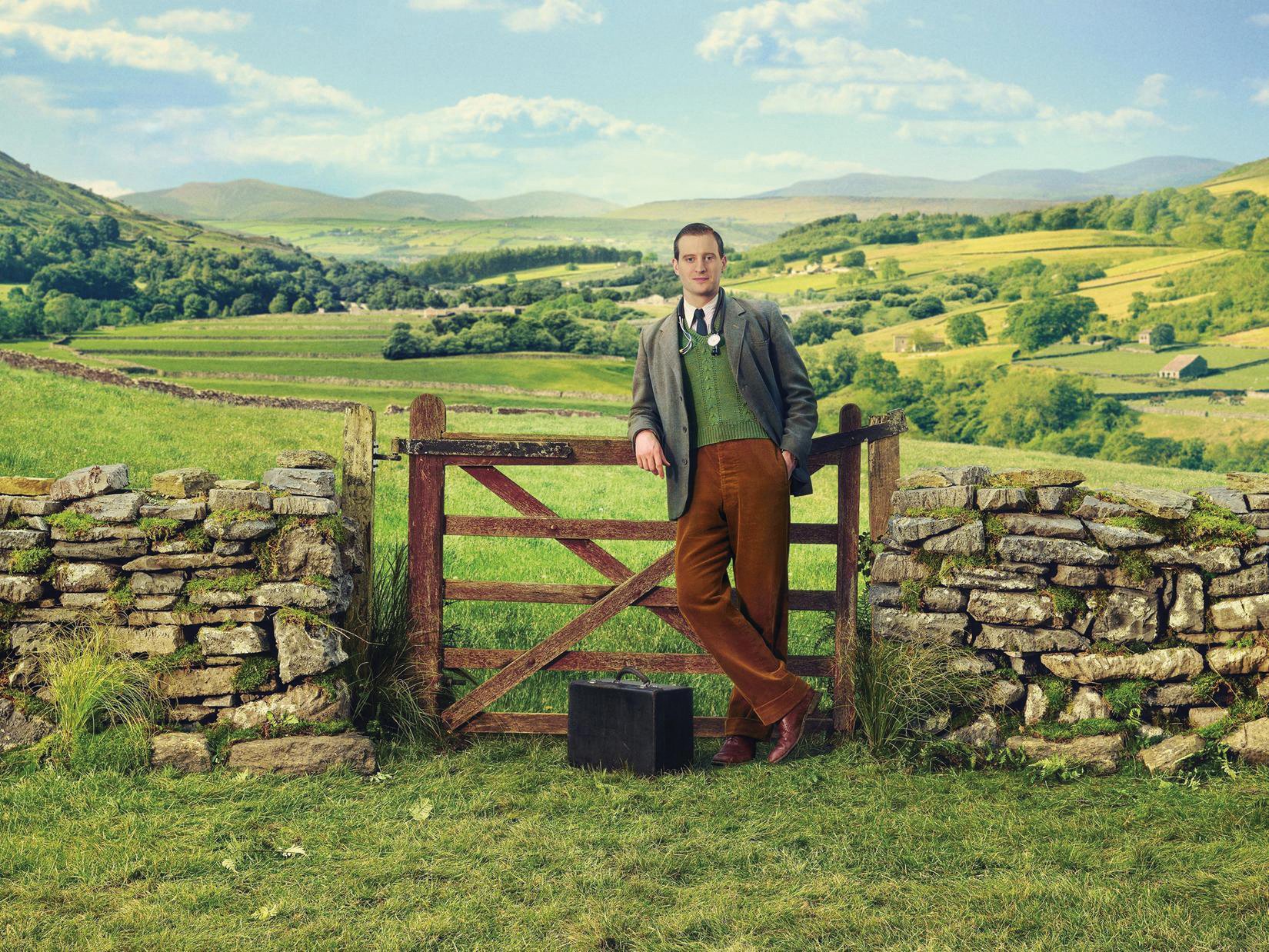Table of Contents Show
You may have heard of the recent television series All Creatures Great and Small, which chronicles the adventures of James Herriot, a veterinarian in the Yorkshire Dales. The show is based on a series of fictionalized memoirs by James Alfred Wight, pen name James Herriot. Herriot practiced from 1940 until fully retiring in 1990, living in Yorkshire throughout his career. Herriot’s memoirs, often casually called the All Creatures series, spawned a much-beloved television series, also titled All Creatures Great and Small, that ran from 1978 to 1990, in addition to the new 2020 adaptation. The book series and shows are filled with love for life and all living things, humor and sadness, joy, and heartbreak. If you’re longing for something to read as you wait at home or slowly reenter the world, you could do no better than All Creatures Great and Small.
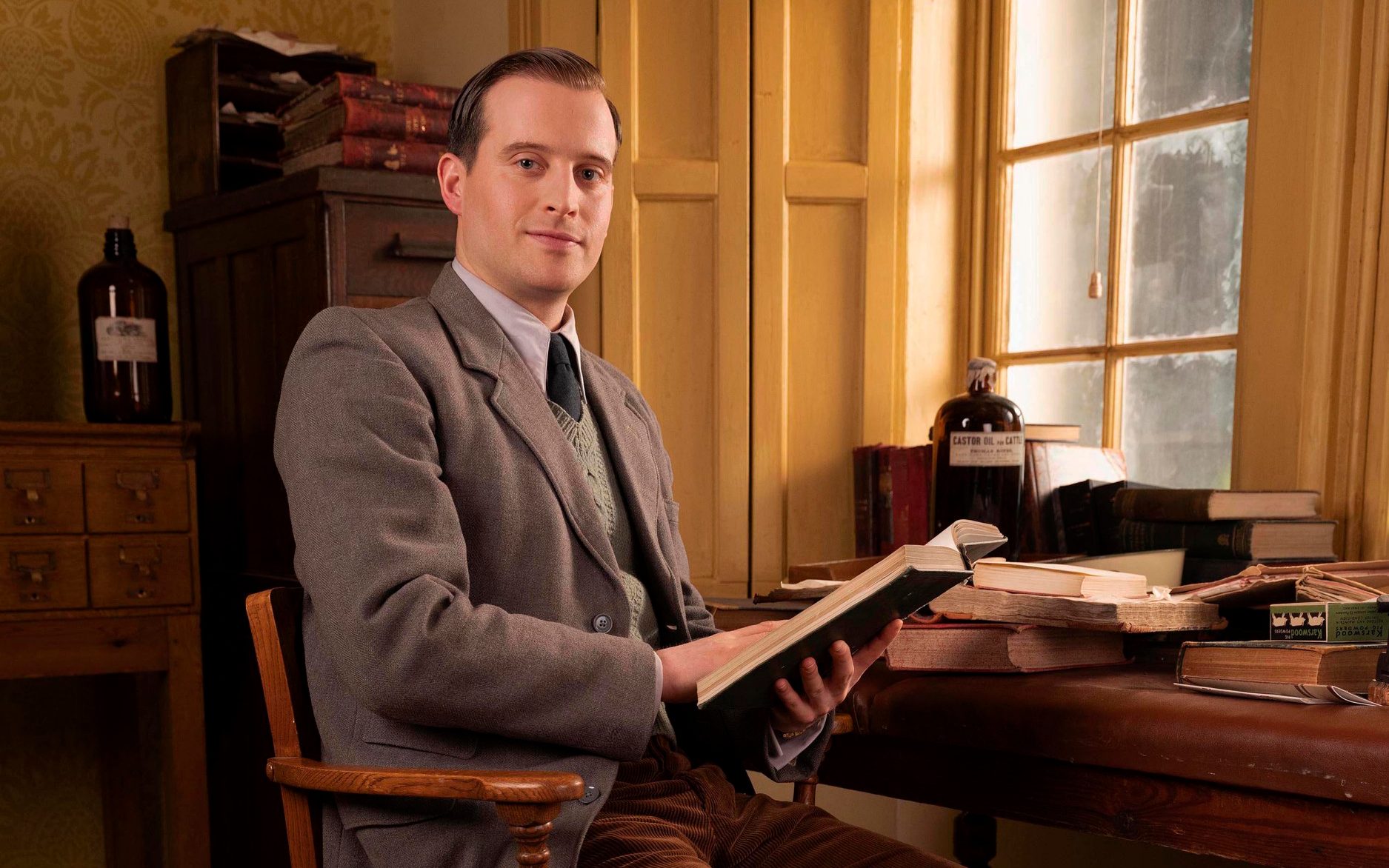
Herriot began to publish memoirs in 1969, which were ultimately collected into a single volume titled All Creatures Great and Small after a line from the hymn “All Things Bright and Beautiful.” The book was episodic in nature, set in the fictional town of Darrowby, and filled with anecdotes about veterinary practice and life with Herriot’s two colleagues, brothers Donald and Brian Sinclair, whom he fictionalized as Siegfried and Tristan Farnon. Herriot went on to write several more volumes with titles taken from the same hymn, as well as books for children. All Creatures Great and Small and the rest of Herriot’s books have become immensely popular, and they remain beloved by many today. The books and their television counterparts are the perfect entertainment as we make it through the home stretch of the pandemic. This is largely due to All Creatures Great and Small’s compassionate depictions of animals and people alike, emphasizing hospitality and kindness, and willingness to confront all aspects of life.
The Meaningful Lives Of Animals
The heart of the series lies in the portrayal of Herriot and his partners caring for animals. Almost every chapter revolves around Herriot driving to a farm or a client bringing a pet into the practice, followed by Herriot trying to diagnose and treat the animal. The books treat every animal mentioned as important and worth the care and attention the vets provide for reasons that seem to go beyond their monetary value to the farmers. As the books’ titles suggest, all animals are living creatures who deserve compassion and consideration. The animal-focused anecdotes are often humorous, sometimes dramatic, and sometimes deeply saddening, but each serves to highlight the dignity and individuality of the animals Herriot works with.
Character And Humor
Every animal in the books has a strong sense of character, which contributes to a lot of the humor. From cows who like to “shake hands” by kicking Herriot in the chest to a pig who roars viciously whenever a vet tries to get close to open a hematoma on her ear, every visit offers something exciting and challenging for Herriot and the reader. Herriot’s descriptions of the animals and their motivations are often humorous and lend agency to farmed animals when most media does not give these animals such respect.
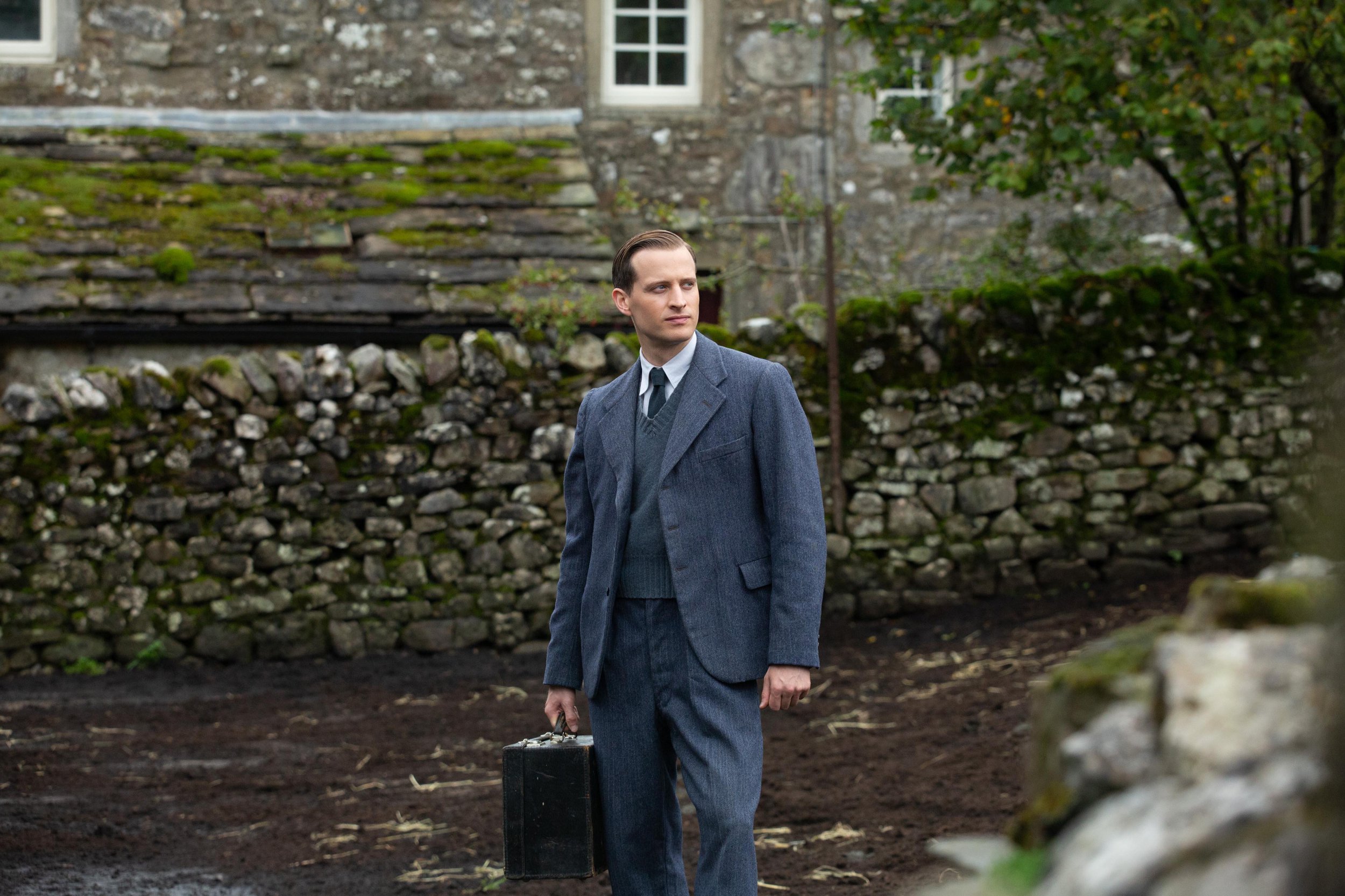
One excellent example is when the vet attends a farrowing or a birthing of piglets. While most of us would think of any newborn, and especially unborn creature, as a helpless, adorable animal, one of the piglets Herriot tries to deliver breaks that mold. As Herriot helps the exhausted mother deliver, a piglet inside her sinks his “minute but very sharp teeth” into his finger (( All Creatures Great and Small. United States: St. Martin’s Press, 1972. Page 115. )). Though Herriot insists he will soon get the piglet out and into the world, “the piglet [has] other ideas” and shows “no desire to leave his warm haven,” jerking his hoof away every time Herriot grabs it. The vet finally manages to draw the piglet out, saying that “once arrived, he [seems] to accept the situation and [totters] round philosophically to his mother’s udder” (( All Creatures Great and Small. United States: St. Martin’s Press, 1972. Page 116. )). The amused affection with which Herriot writes about every animal he cares for is heartwarming and thought-provoking.
Even when animals are uncooperative or sometimes downright malicious, Herriot strives to provide the best possible care for them and tends to find humor in the most challenging of situations, as in another anecdote that might be more disturbing if it weren’t for Herriot’s light touch. He recalls an incident when he was still in veterinary school. After learning all about horses, he feels a desire to prove his expertise and connection to equines. He spots a horse standing on the street, looking deeply bored. Feeling “clothed in a visible aura of horsiness,” Herriot wants to do something to “communicate to the horse that [he understands] his problems and that [they belong] to the same brotherhood” (( All Creatures Great and Small. United States: St. Martin’s Press, 1972. Page 107. )).
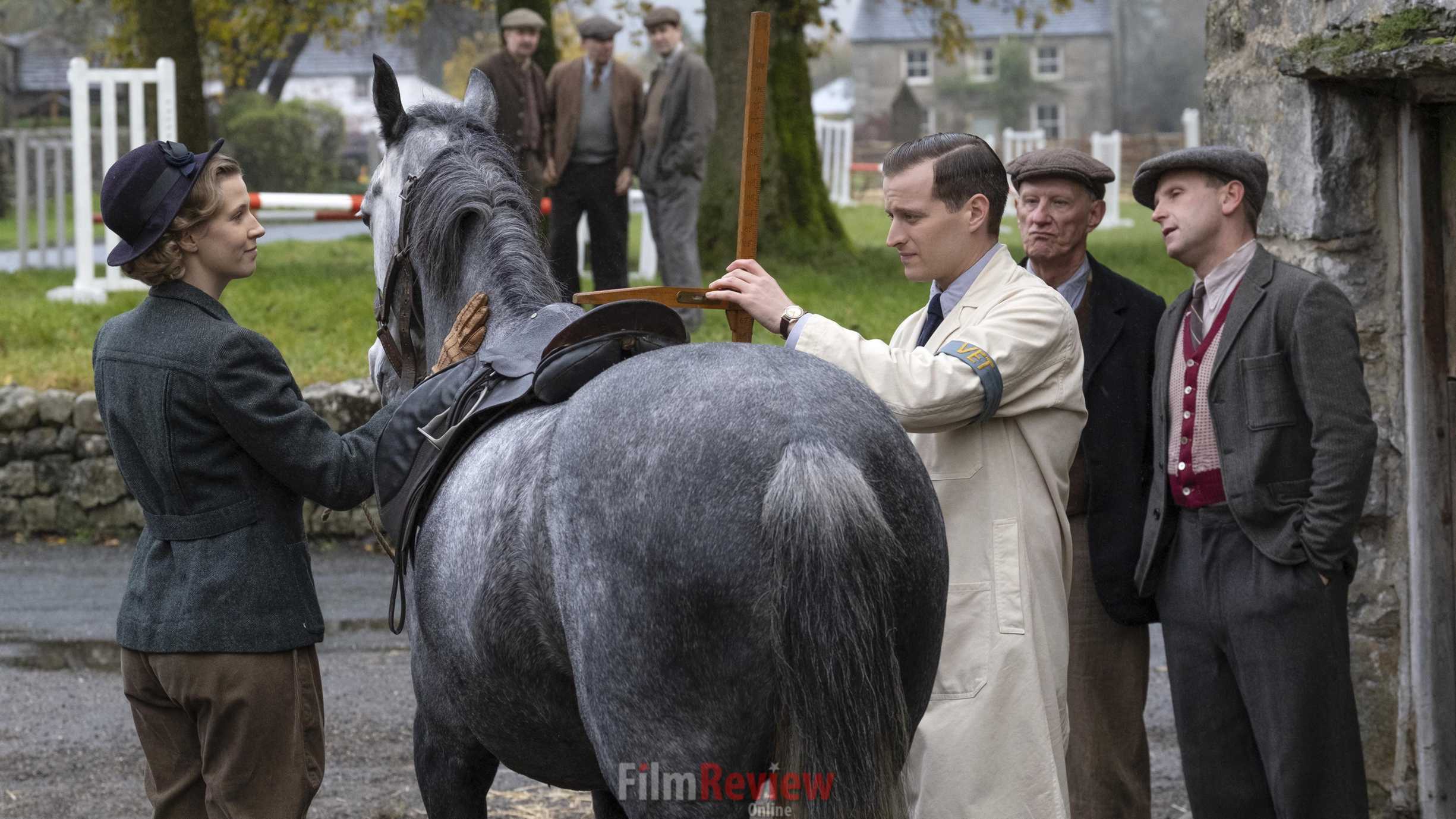
He pats the horse on the neck, and the horse responds by grabbing Herriot’s shoulder in his teeth and lifting him off the ground. Herriot describes his position as “absurd” and, when the horse’s caretaker arrives and shouts at him, he writes that he was “pop-eyed, half throttled and in no mood for conversation.” When the caretaker pokes the horse with his thumb, the animal “[takes] the point at once” and lets go of Herriot “like an obedient dog dropping a bone.” The mix of comedy and terror within the writing and the vivid depiction of the horse make this chapter a brilliantly enjoyable portrayal of an animal who has simply had enough, a feeling we can all relate to right now. The humor and infinite variety of the personalities of Herriot’s animal patients make the books well worth reading.
Tragedy And Triumph
Not all of the anecdotes end with a healthy animal and a relieved farmer or family. One early chapter involves Herriot paying a house call to Mr. Dean, an elderly, impoverished widower, and his ailing old dog named Bob. Mr. Dean mentions that after the death of his wife, Bob is his only friend. When Mr. Dean speaks, Bob thumps his tail “at the sound of the loved voice” (( All Creatures Great and Small. United States: St. Martin’s Press, 1972. Page 74. )). After examining Bob, Herriot realizes he has cancer and that the swelling has grown so large that it is inoperable. He regretfully tells Mr. Dean that Bob should be put to sleep to prevent him from suffering. Mr. Dean takes a moment to stroke Bob’s head one last time, then allows Herriot to euthanize him. Despite his grief, Mr. Dean is grateful to Herriot for taking care of Bob. Smiling through his tears, he offers Herriot a cigar.
Another striking example of a sad yet ultimately hopeful case is when Herriot visits the elderly, bedridden Miss Stubbs and her several dogs and cats. Her pets are also growing old, and Herriot makes frequent visits to care for them. He is always struck by the card hanging above Miss Stubbs’s bed, which reads “God Is Near.” Miss Stubbs never discusses her own ailments, preferring to talk about her pets, past and present. After one of her dogs, Ben, succumbs to his old age, Miss Stubbs mentions to Herriot that she has a feeling she will be the next one to go.
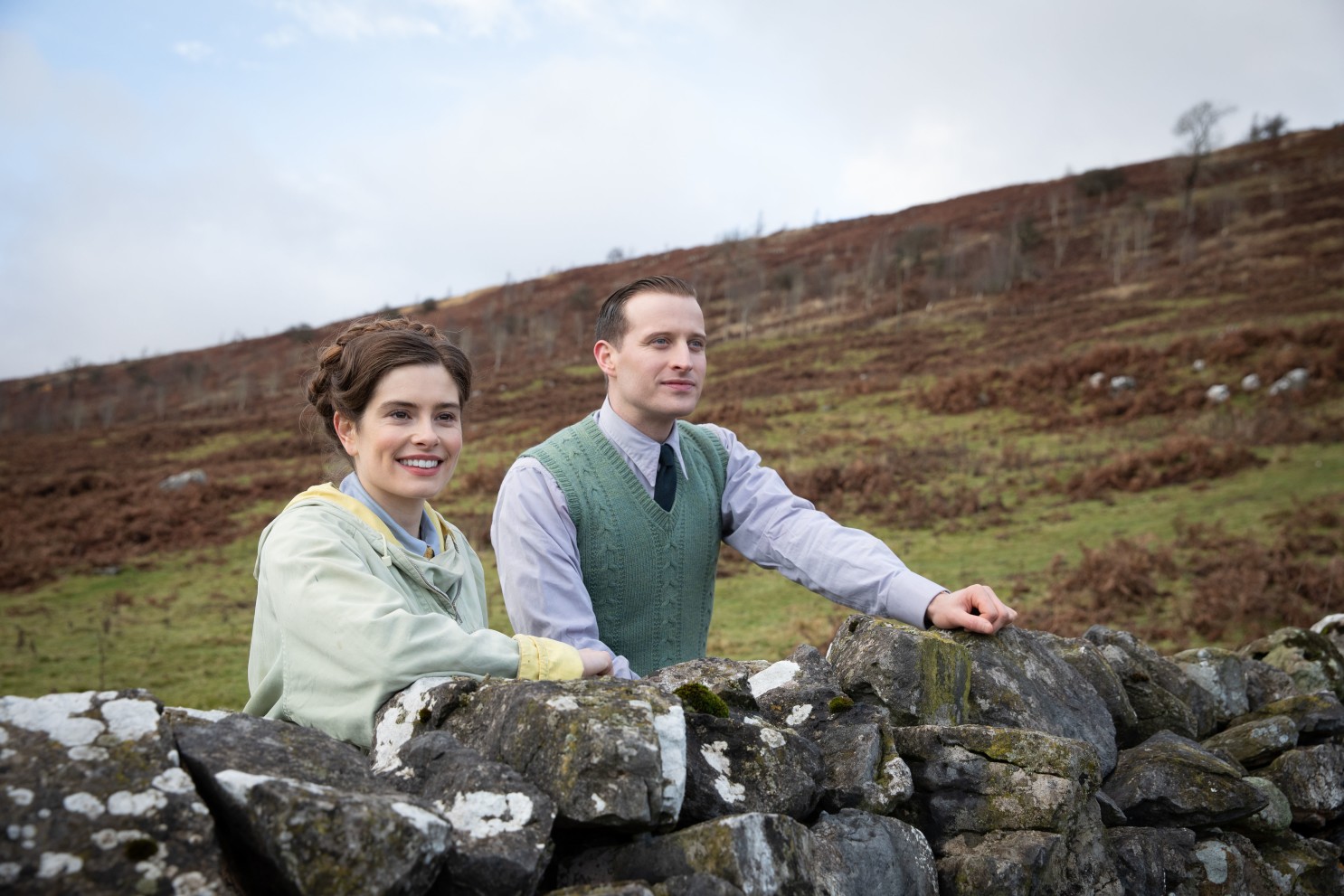
Miss Stubbs has no fear of what may happen to her after death, feeling calm and secure in her faith. But she is terribly afraid of the thought that she might never see her dogs and cats in heaven. Herriot sees her cry for the first time as she mentions that some people claim animals have no souls, which leads to Herriot delivering one of the best-loved lines in the series, “If having a soul means being able to feel love and loyalty and gratitude, then animals are better off than a lot of humans” (( All Creatures Great and Small. United States: St. Martin’s Press, 1972. Page 270. )). As it turns out, Miss Stubbs dies not long after Ben. Of course, Herriot cannot definitively say whether she is ultimately reunited with her beloved dogs and cats. Still, the chapter ends with Herriot once more contemplating the card above Miss Stubbs’s bed.
After a year of so much loss and grief, the books’ direct discussion of death is even more difficult to read than usual. We have all experienced loss this year, whether of a loved one, or a job, or of the time we wished to spend with others, and we have all suffered from a world turned upside down. The year has stretched on, and months have gone by without any end in sight. But as times grow more hopeful, All Creatures Great and Small provides the perfect examination of sadness and grief as a part of life. Herriot’s writing never loses that spark of hope that something better is waiting, and it never fails to treat the subject of death with the care and realism that it deserves.
Human Patients
Many stories involve Herriot wrangling, not just the animals but their idiosyncratic human caretakers as well. As he gets to know some of his clients and their distinctive traits and habits, the reader is treated to portraits of many different types of people, some humorous, some tragic. As with the animals, every person is treated with kindness and respect by the books. This holds true for farmers to businessmen to fellow vets and remains the case even for the frequently played characters for laughs.
Mrs. Pumphrey
Mrs. Pumphrey, an elderly and wealthy widow, is one of Herriot’s most frequent clients. Her intense devotion to her little dog, Tricki Woo, is quite frequently the cause of the dog’s ailments. Tricki is a lively and bright dog but often suffers from an overabundance of love and luxury. Despite Herriot’s stern lecturing, Mrs. Pumphrey can’t help stuffing Tricki with the richest foods, leading to bloating and swollen glands.
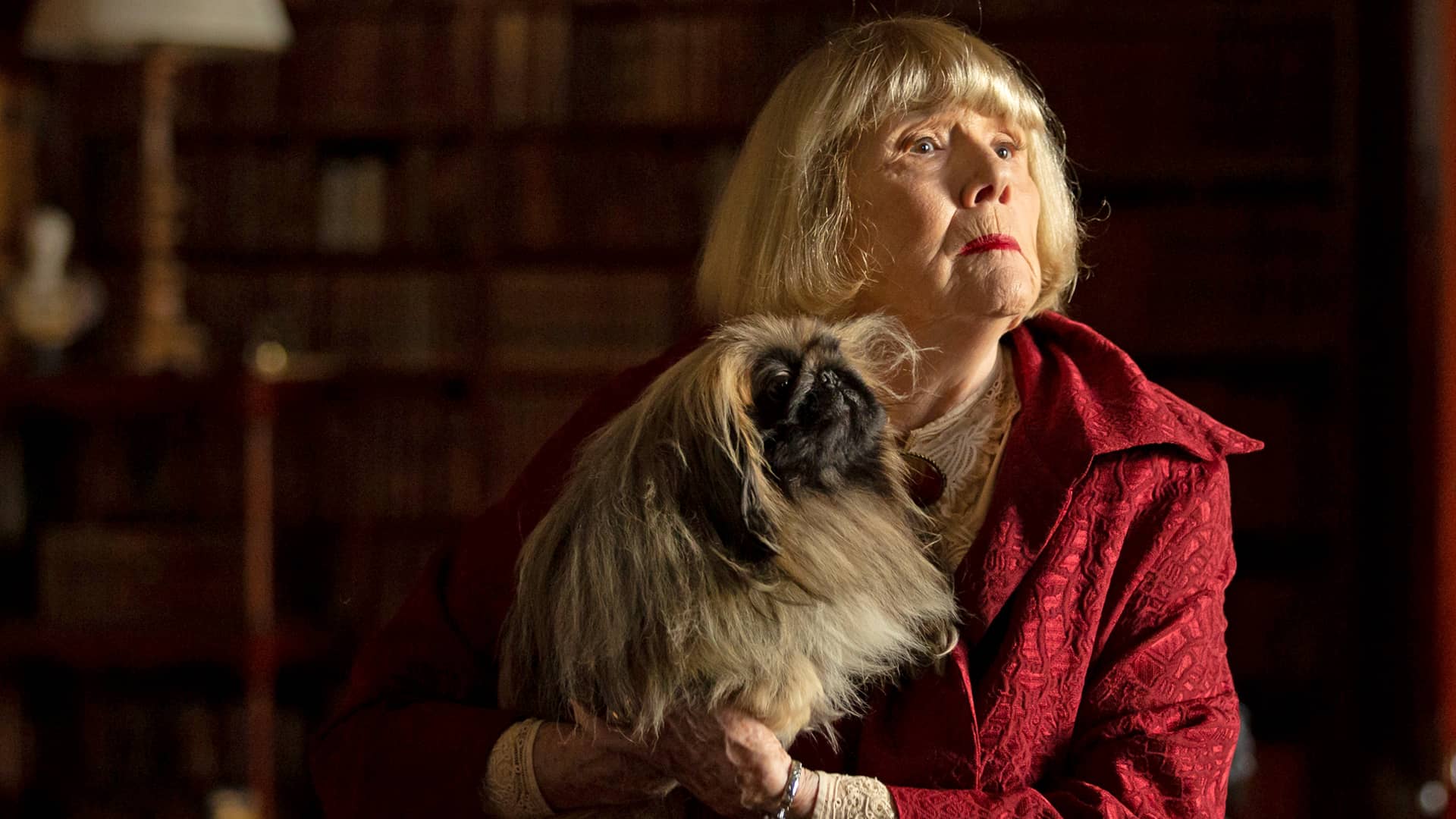
As Herriot says, “the tales [Mrs. Pumphrey tells] about her darling [range] far into the realms of fantasy” (( All Creatures Great and Small. United States: St. Martin’s Press, 1972. Page 85. )). Mrs. Pumphrey regales Herriot with tales of Tricki writing to various people and exchanging letters with a Dalmatian named Bonzo Fotheringham. She describes Tricki’s various ailments, including going “flop-bott” and “cracker dog.” After Herriot gives her advice on keeping Tricki healthy, she dubs him Tricki’s “uncle” and proceeds to send him hampers of food and letters, ostensibly from Tricki himself. When Herriot calls Mrs. Pumphrey to thank her, she acts “rather cool, pointing out that it was Tricki who had sent the things and he was the one who should be thanked” (( All Creatures Great and Small. United States: St. Martin’s Press, 1972. Page 87. )). Herriot, therefore, begins to write letters addressed to Tricki, despite his mild chagrin at writing letters to a dog.
In a later chapter, Mrs. Pumphrey’s overfeeding causes Tricki so much bloating and poor health that Herriot takes Tricki to stay with him at the veterinary practice for a time. Mrs. Pumphrey is devastatingly concerned about him, but simple, fresh air and a nutritious diet return Tricki to good health. Mrs. Pumphrey, still unable to comprehend that what Tricki truly needs is a bit less pampering, is eminently grateful to Herriot for what she considers “a triumph of surgery” (( All Creatures Great and Small. United States: St. Martin’s Press, 1972. Page 183. )).
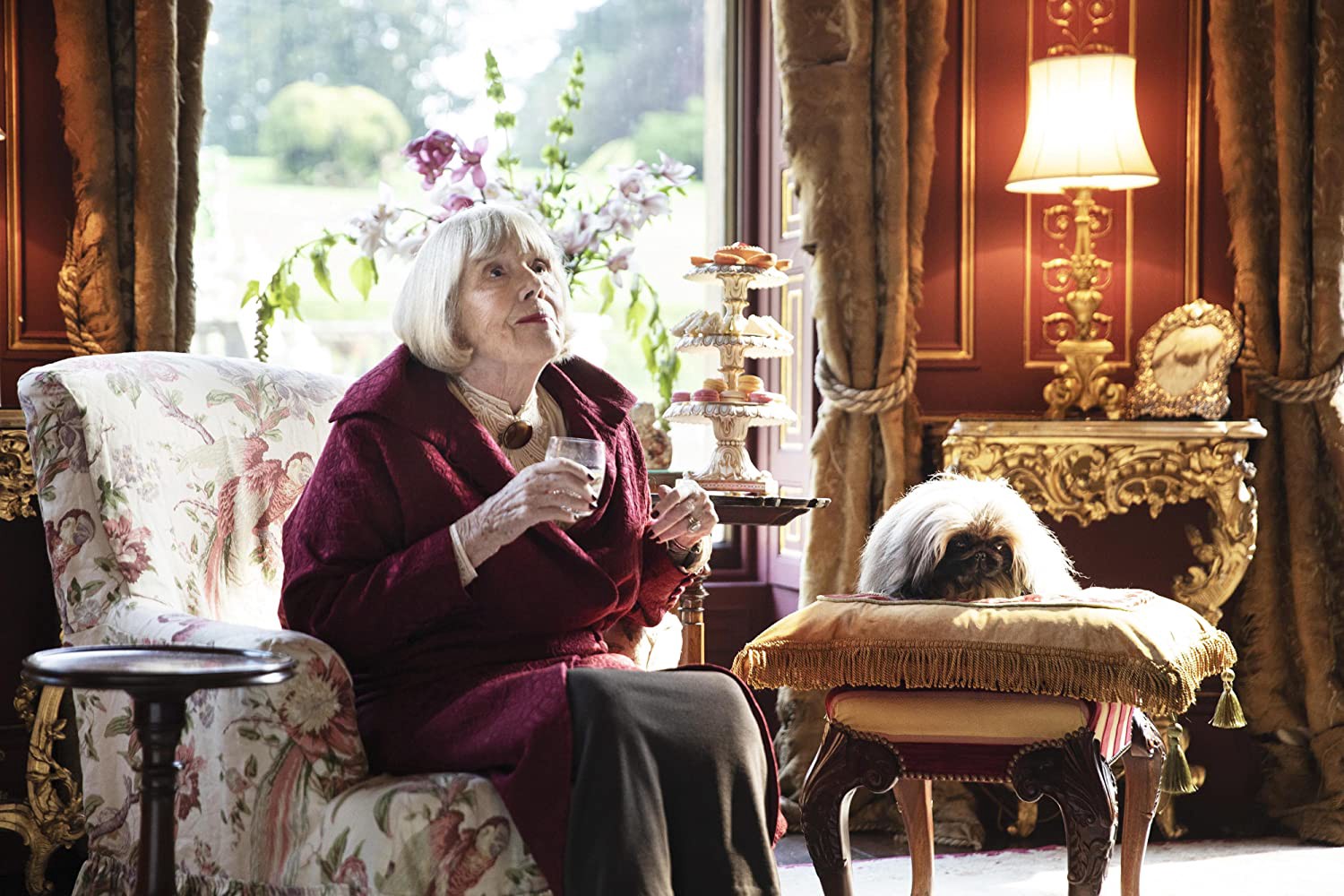
Mrs. Pumphrey, who often needs more treating than Tricki himself, is a recurring character in the books and never fails to bring amusement and frustration to Herriot. And yet, she is admirable in her love for and devotion to her dog and her kindness in his name to Herriot and others who treat Tricki well. Her inclusion in the books, and Diana Rigg’s formidable portrayal of her in the show, give readers and viewers laughter and sympathy. Almost everyone knows someone who treats a pet the way she does and can’t be persuaded to do otherwise.
Wesley and Duke
Wesley Binks is the local troublemaker, a ten-year-old boy who seems to have a special animosity towards Herriot. Wesley pulls various pranks on him, including removing the grating above the coal cellar of Herriot’s home so that he slides down into it with his head and shoulders sticking out for the rest of the town to laugh at during a parade. The boy is considered a lowlife and a lost cause by most of the town. But one day, Wesley arrives at Herriot’s practice with a little black puppy named Duke. While Herriot is tempted to give Wesley a piece of his mind, all such thoughts vanish when he realizes how sick Duke is. He quickly diagnoses the puppy with canine distemper, an often fatal disease. Duke licks Wesley’s hand, and Herriot watches as “for a moment the tough mask [drops]…and in the dark wild eyes [he reads] sheer delight.” (( All Things Wise and Wonderful. United States: St. Martin’s Press, 1976-1977. Page 46. )).
Herriot is determined to do the best he can to cure Duke, though he knows there is very little hope. He notices Wesley become “a model of industry,” doing odd jobs around town to get the money to pay for Duke’s treatment, though Herriot tries to refuse his money (( All Things Wise and Wonderful. United States: St. Martin’s Press, 1976-1977. Page 47. )). He gives Duke injections and pills, but the dog’s condition progresses just as he fears. By the end, Duke can no longer walk, and Herriot visits Wesley’s unhappy home, meeting his uncaring mother. He decides to euthanize Duke to save him from a slow, lingering death. As Duke dies, Wesley sobs in Herriot’s arms, and the vet wonders “if he had ever been able to cry like this–like a little boy with somebody to comfort him” (( All Things Wise and Wonderful. United States: St. Martin’s Press, 1976-1977. Page 50. )). After Duke’s death, Wesley slides not only into his old habits but into serious crimes and misdemeanors, ultimately being sent away from the town to an unknown fate.
Like the rest of the town, Herriot initially saw Wesley as nothing more than a bully, but his unwavering love for his dog gives the vet and the reader a different glimpse into the boy’s character. Animals can reveal an entirely different side to people, and the book highlights how important and profound a relationship between a person and an animal can be. Though the story is desperately sad, it is more than worthwhile reading, as it gives us all a reminder that people have many different facets to them, as well as a reminder of the power of a loving, loyal dog.
Joy
The joy and compassion exuded by the books cannot be better exemplified than by the very first chapter of All Creatures Great and Small. After a difficult and painful struggle, Herriot delivers a calf. Due to the length and challenge of the birth, the farmers assume that the calf cannot have survived the process. But once Herriot performs artificial respiration on the newborn, the calf stirs to life. The mother cow, after her ordeal, looks “past caring about anything.” But as her newborn son nuzzles close to her, Herriot witnesses a “transformation,” the mother nosing and licking the calf while “rumbling deep in her chest” (( All Creatures Great and Small. United States: St. Martin’s Press, 1972. Page 6. )). Herriot describes this as “the little miracle.” (( All Creatures Great and Small. United States: St. Martin’s Press, 1972. Page 7. )).
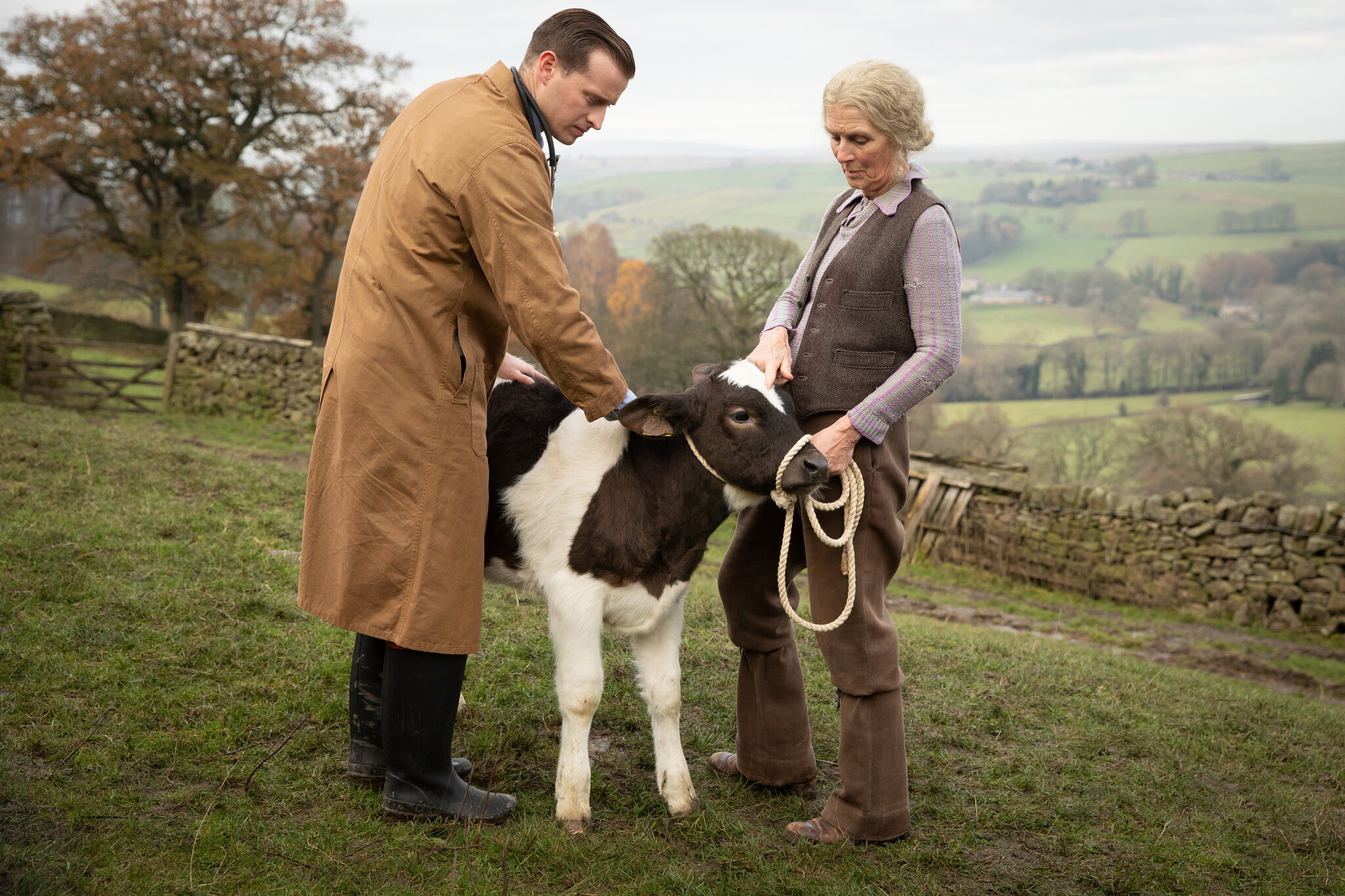
The cows and other farmed animals Herriot cares for are almost all destined for the slaughterhouse, a fact he notes with sadness on several occasions. But moments like the calf’s birth give readers a glimpse into the lives of these often forsaken animals, into the way they love and care for one another, much like our dogs and cats. Above all, these “little miracles” are snapshots of ordinary, everyday moments of joy and wonder.
While we wait out the end of the pandemic, mourning all that we have lost, and hoping for a better future, we could do no better than to read about a man caring for all creatures, no matter their size, species, or ultimate destiny. The saddest and the most joyful parts of life are contained within these books, and as we prepare to gradually reenter the world, we can learn a lot from the peaceful, compassionate life of James Herriot. And if you read the books, you should certainly check out the recent adaptation as well!
